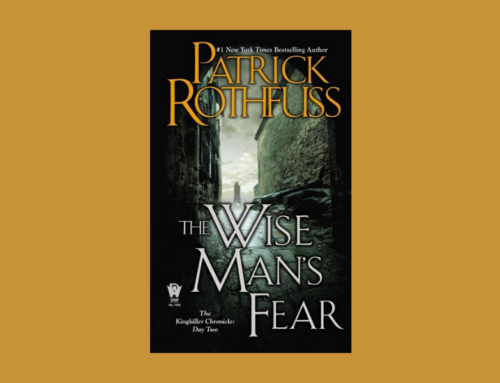By Lília
 It’s always a bit weird to start a book with “rejected mate” in the title, but this series is quite entertaining and much deeper than its titles suggest.
It’s always a bit weird to start a book with “rejected mate” in the title, but this series is quite entertaining and much deeper than its titles suggest.
Cate C. Wells has created an interesting world and lore with this series, in which wolf changelings are a reality but one that most humans don’t know about. She also describes her works perfectly: “Raw. Real. Emotionally satisfying.”
In her Five Packs series, Wells presents us with a different social structure, where the males have the upper hand and mates are (or should be) sacred. But it doesn’t always happen that way.
Each pack has a different power structure and a certain way of doing things. At the same time, the newest generation is starting to question and rebel against the status quo and fight for a better way of living, be it improved communion with nature, more contact with the modern world or more equality for women. Some want increased interaction with humans, while others want to keep their distance. However, all want better opportunities for everybody, and not just for a small group.
But interacting with humans is not without its dangers. There are humans who want to enslave wolves and experiment. Each title brings extra information about what life around their packs offers in terms of possibilities and aggression, showing that the setting Cate C. Wells has created is a more complex world.
In that world, a female only turns into her she-wolf form on the brink of recognizing her mate, a male who should protect and cherish her. If he rejects her, the female is shunned, and chances are she’ll be belittled by all—males and females—presenting the female with a dilemma: how to deal with the rejection and keep going?
That’s what our female characters do: they suffer and learn and become stronger through fire. Our male characters, on the other hand, realize rather quickly they’ve made a huge mistake and need to rectify the situation as soon as possible.
But nothing is that simple, and the males will have to prove many times over they really mean it when they ask for forgiveness. They need to learn to understand, accept and live with their females, and the females learn they are always stronger than they think, mostly in mind but sometimes even in body. Through many trials and much perseverance, the females learn to trust themselves and their instincts, while their males learn that if they want to keep their mates, they will have to adapt.
Hierarchy and survival of the fittest are ever-present themes, but at the same time, what permeates this series is love and acceptance, a willingness to change and protecting the weakest instead of dominating and suppressing.
This series also deals with other issues: childhood trauma, age gap, body image, social and cultural differences and acceptance—or, mostly, rejection—of someone’s place in the perceived pack hierarchy, bringing with it the necessary changes to make their world a better place for all. The idea of rejecting a mate is abhorrent in this world, but it happens, and its consequences are dire and necessary for a change of heart and for understanding the world’s dynamics.
Each book presents a new detail about a bigger arc, still in development, in which the survival of the packs is the main issue.
The stories are always raw and sometimes even sad, but the women are sassy and fight for their rights, and the men are stubborn and need to grovel a lot to make their women—and the female wolves—accept them as mates.
What attracts me to this series is the willingness for change, the deep groveling—expertly done in a very satisfying way—the men need to go through to be accepted in their women’s graces again, and the understanding that living with a mate is not a guaranteed thing: you must keep fighting for your happiness with teeth and claws.
Currently, there are four novels published in paperback and one e-book novella in the series.








